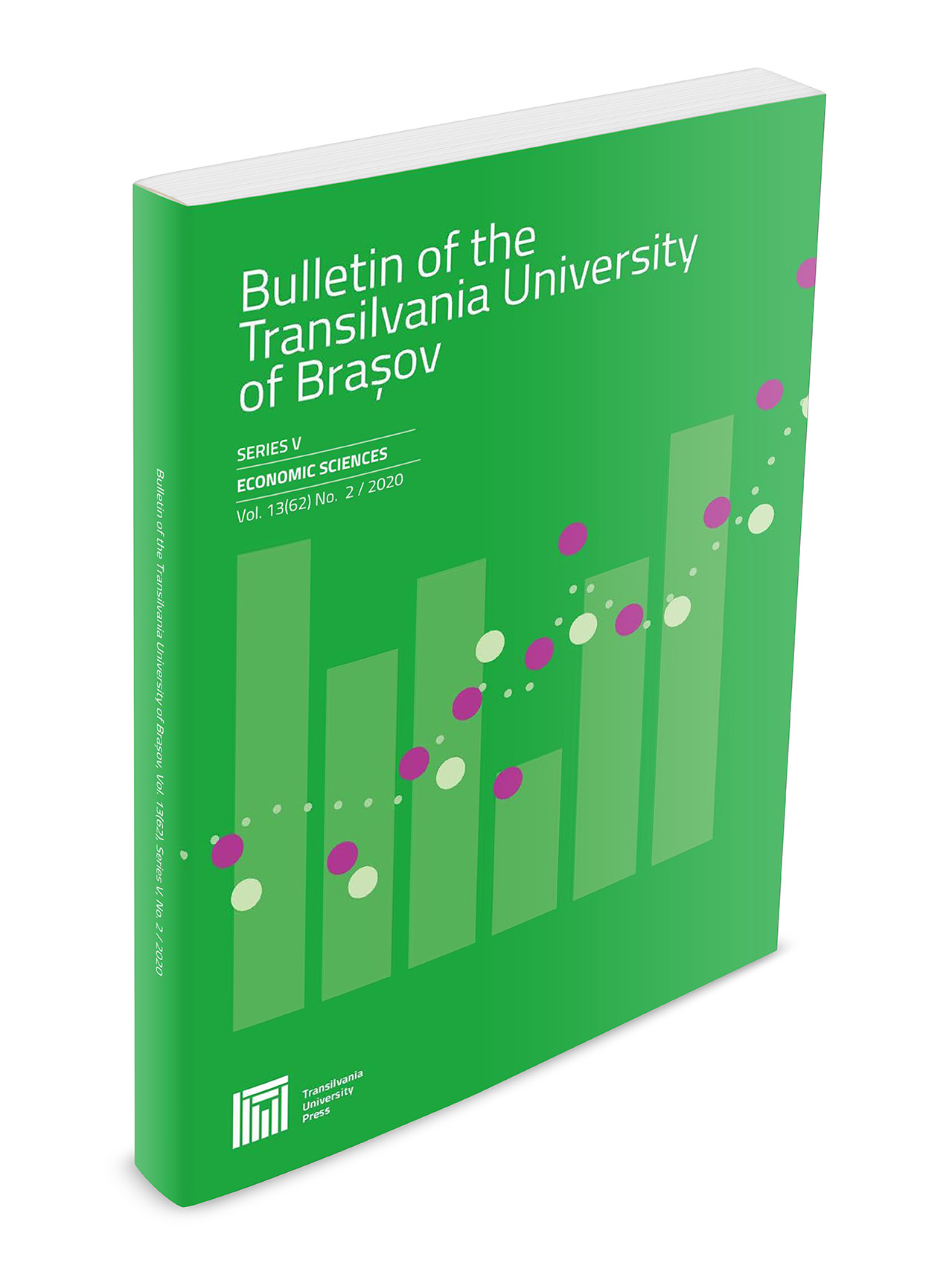Are the revised Forecasts for Romania more accurate than the Preliminary ones during the Crisis?
Keywords:
forecasts, accuracy, error, revisionsAbstract
The research question of this study is: are the revisions of an anonymous Romanian forecaster more accurate than the initial predictions for the current year? Therefore, in order to provide a scientific response to this question, several macroeconomic variables were considered for the crisis period (2009-2013): real GDP growth, inflation rate, unemployment rate, and exchange rate. The forecasts are provided for the current year in two versions: the spring variant and the autumn one. For 2009, the real GDP growth and unemployment rate revisions brought higher errors. Indeed, the crisis started was not precisely anticipated by the expert. For the unemployment rate in each year belonging to the period 2009-2012, the revisions showed higher errors. According to prediction accuracy indicators, the forecaster was the one who best predicted the exchange rate during 2009-2013. For this variable, all the accuracy measures have the lowest values. All the predictions for all the variables outperformed the naïve forecasts. According to the Harvey-Leybourne-Newbold test, there are no significant differences in accuracy between the initial and the revised forecasts of the real GDP rate and the inflation rate between 2009-2013.Downloads
Published
Issue
Section
License
Copyright (c) 2014 Bulletin of the Transilvania University of Brasov. Series V: Economic Sciences

This work is licensed under a Creative Commons Attribution 4.0 International License.




